Pear Pollenizers: Asian and European Fruiting Varieties
Pear blossoms have a short season and the small amount of nectar produced is not attractive to bees. Twice as many bees should be available to pears than for other fruits. Move bees into the pear orchard when the trees are in one-third bloom.
Although Anjou and Bartlett are partially self-fruitful, they should be cross-pollinated to produce heavy and regular crops. Bartlett, Comice, and Hardy may set large crops of parthenocarpic (seedless) fruit. European and Asian pears will cross-pollinate if blooming at the same time.
Pear Pollenizers
| Variety | Fruiting Variety | Compatible Pollinizer(s) | Alleles |
|---|---|---|---|
| Anjou | European | Bartlett, Bosc, Comice, Seckel | S1 S14 |
| Bartlett | European | Anjou, Bosc, Comice | S1 S2 |
| Bosc | European | Anjou, Bartlett, Comice, Seckel | S7 S14 |
| Comice | European | Anjou, Bartlett, Bosc, Seckel | S4 S5 |
| Seckel | European | Bosc, Comice, Bartlett | S1 S2 |
| Chojuro | Asian | Shinseike, Bartlett | S2 S3 |
| Nijisseiki (20th Century) | Asian | Chujuro, Shinseike, Bartlett | S5 S7 |
| Hosui | Asian | Partially self-fruitful; pollenized by Shinko, Chojuro, Bartlett or 20th Century | S3 S5 |
| Shinseike | Asian | Chojuro | S3 S4 |
| Gem | European | Bartlett | |
| Concorde | European | Partially self-fruitful, but does better with a pollen partner. Bartlett, Shinseiki, Shinsui, Yoinashi |


